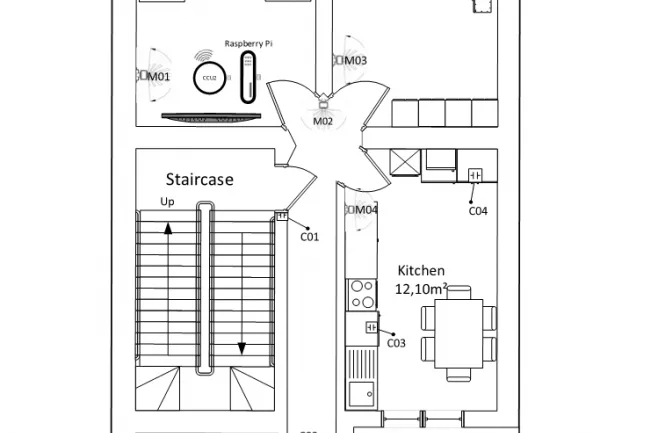An approach to a Sensor-adaptive and Biomedical-sensitive Smart Home

Motivation & Objective
People are needy in various situations during the daily life. But the society is getting more and more busy. People don't have much time to care for each other while at the same time would like to have more support in their daily life. This gap widens with evolution of globalization and industrialization and will eventually cause a huge problem in society.
One way to solve this problem is to let computer support peoples daily life. A Smart Home enables remote control of any object that it is connected with, automatic regulations of domestic parameters like temperature, light or locks and can even optimize energy consumption of the whole household.
Although advantageous for many scenarios, the installation of such a Smart Home requires knowledge of the technology, the target areas and the way that the Smart Home should support the inhabitants' daily life. In addition, the Smart Home needs to be reconfigured each time a new sensor is added, new behavior is objected or something else changes the domestic environment.
In order to automate the configuration, rules are learned from the observed Smart Home usage behavior of the inhabitants.
The Smart Home Setup
An apartment was enriched with 13 devices, collecting 18 different sensory values for a period of 3-6 months. The apartment was inhabited irregularly by 1 to 3 persons. Two different experiments - from Peter Manheller and Bojan Janisch - were performed during that time.
Major Results
Rules are highly specialized. The computational overhead increases drastically with more sensors. The system requires at least 10-15 observations to produce reliable results.
Robust, sensor & actuator independent segmentation concept. The proposed approach adapts the rule base automatically if executed frequently. The modular implementation allows to evaluate various combinations of Association Rule Mining and Classification algorithms in Smart Home context.
The generated rules can perform very well on the data but may still fail in real usage, because the data - regardless of how much of the home is observed - is just a very limited view on an infinite feature space. Therefore such automatic generated rules should never be used unchecked in a Smart Home.